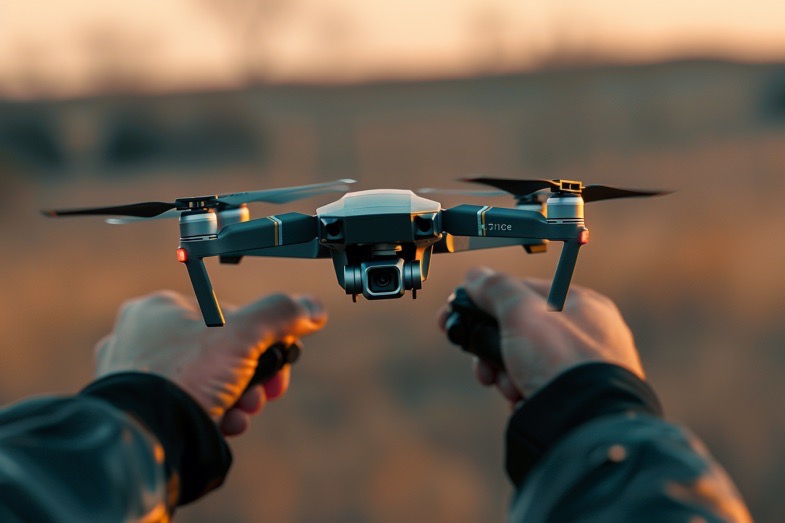Europe’s Military Spending Surpasses Cold War Levels
STOCKHOLM — Military spending in Central and Western Europe has skyrocketed, surpassing levels seen during the Cold War era, according to a new report.
The Stockholm International Peace Research Institute (SIPRI) released new data revealing that Europe’s military expenditure reached a staggering €552 billion in 2023, marking a 16% increase from the previous year and a 62% surge compared to 2014.
Almost every European NATO member, except Greece, Italy, and Romania, boosted their defense budgets in 2023.
Lorenzo Scarazzato, a research assistant at SIPRI, told Euronews that military spending in Europe has been on the rise since Russia’s annexation of Crimea in 2014, with the full-scale invasion of Ukraine in 2022 further prompting governments to bolster their defense budgets.
“The main driver for increases in military spending in Europe in 2023 was undoubtedly the invasion of Ukraine by Russia,” Scarazzato explained.
The trend of Western and Central European countries ramping up their military budgets is largely in response to Russia’s own increased spending, SIPRI noted.
The UK emerged as the top military spender in Europe in 2023, allocating 2.3% of its GDP to arms purchases.
Germany also significantly raised its military expenditure, with a 48% increase from 2014 to 2023. The country established an extra-budgetary fund in 2022 to meet NATO’s 2% GDP defense spending target.
German Chancellor Olaf Scholz pledged to boost defense spending and reform the army following the Ukraine invasion, calling it a “turning point” in the country’s security stance.
While Western European nations dominate total military spending in Europe, Central European countries are making their largest defense contribution since the Cold War’s end.
Poland recorded the highest proportional increase in defense spending, allocating 3.8% of its GDP in 2023, though falling short of its 4% target.
President Andrzj Duda urged NATO members to increase spending, citing concerns about potential Russian aggression in the future.
“Countries bordering or near Russia and Ukraine have witnessed significant increases in defense spending, driven by heightened threat perceptions post the annexation of Crimea and invasion of Ukraine,” Scarazzato concluded. — Euronews



